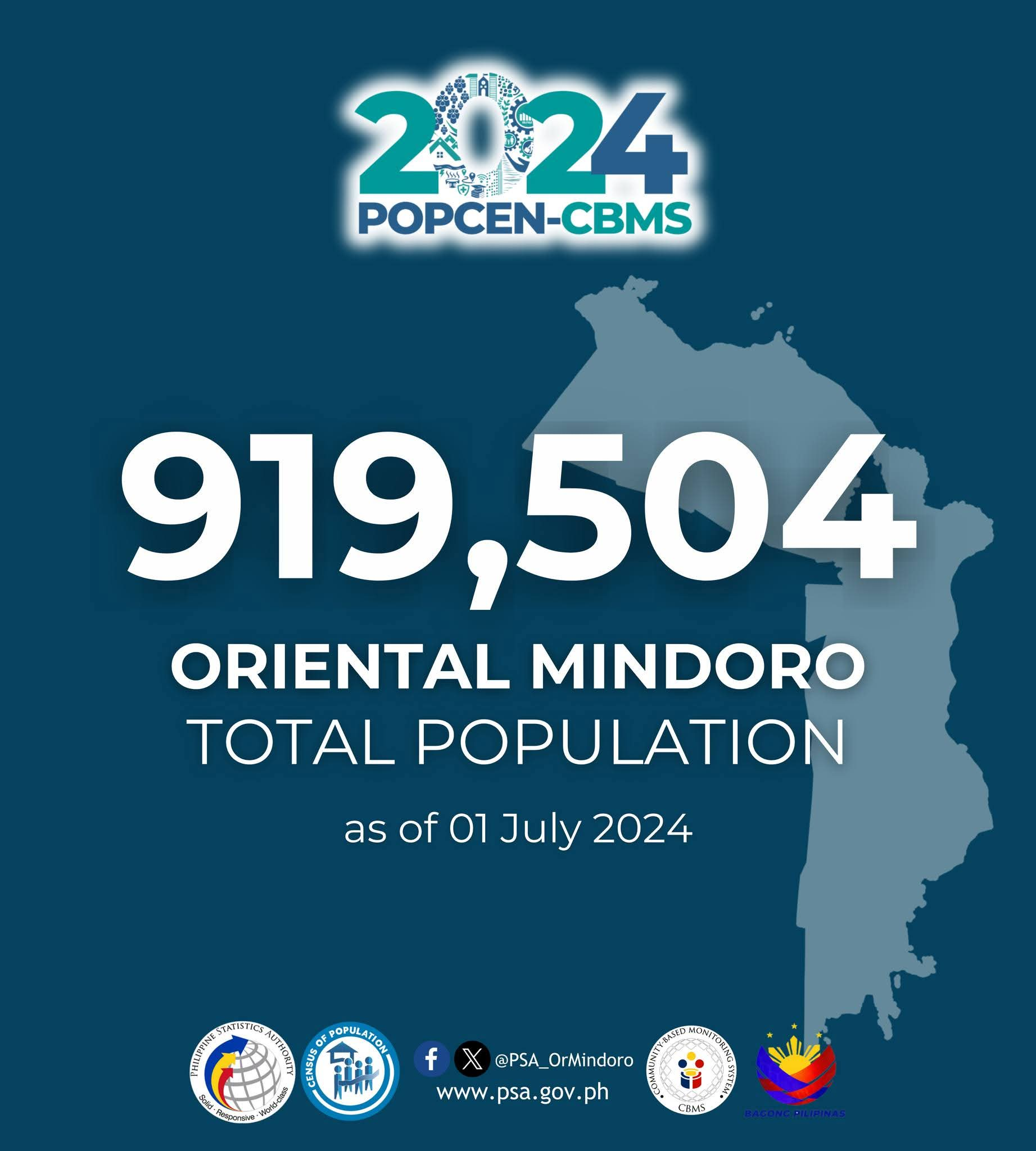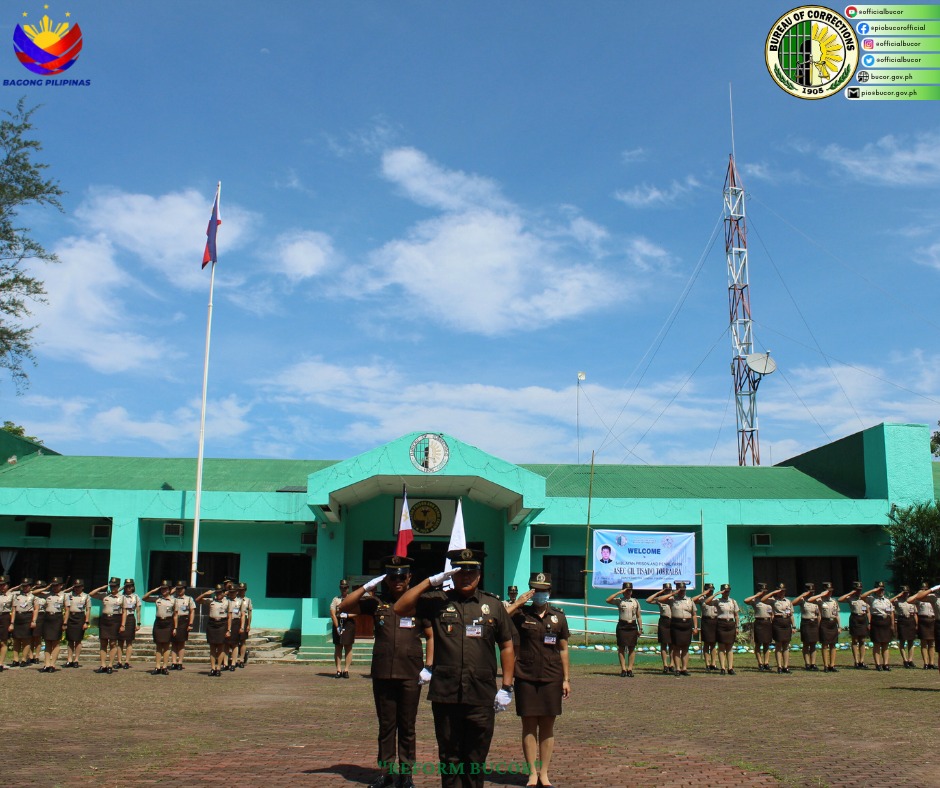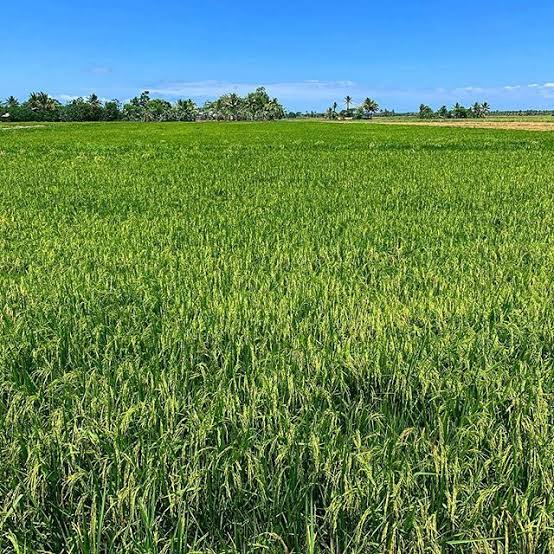The Philippines’ population reached 112.7 million people as of July 1, 2024, according to official census results released Thursday, July 17, 2025.
The 2024 census is the 16th population count conducted in the Philippines since the first census in 1903.
The data will serve as the foundation for government development planning, resource allocation, and policy formulation over the coming years.
The Philippine Statistics Authority (PSA) announced the 2024 Census of Population results showed an increase of 3.69 million from the 2020 count of 109.04 million, representing an annual growth rate of just 0.80 percent between 2020 and 2024.
This shows a sharp deceleration from the 1.63 percent annual growth rate recorded between 2015 and 2020, which the PSA attributed to declining fertility rates, elevated mortality during the COVID-19 pandemic, and reduced migration activity.
President Ferdinand “Bongbong” Marcos Jr. officially declared the count through Proclamation No. 973 on July 11, 2025, making it the authoritative figure for government planning and policy-making.
The most populous region remains CALABARZON (Region IV-A) with 16.93 million residents, followed by the National Capital Region at 14 million and Central Luzon at 12.99 million. These three regions account for approximately 39 percent of the national population.
MIMAROPA region ranked among the least populated areas with 3.23 million residents, representing less than three percent of the national total.
The least populated regions are, Cordillera Administrative Region (1,797,660), Caraga (2,804,788), and MIMAROPA Region (3,228,558) whose combined populations account for less than 10 percent of the national count.
Meanwhile, Oriental Mindoro has tallied a population of 919,504 as of July 2025, distributed over 1 city and 14 municipalities.
The Cordillera Administrative Region remained the least populated with 1.81 million people, accounting for about 1.6 percent of the national total.
Sixteen of the 18 administrative regions experienced slower growth rates compared to the previous census period.
The Bangsamoro Autonomous Region in Muslim Mindanao (BARMM) was the only region to post increased growth, maintaining the fastest expansion at 3.43 percent annually.
Bicol region (Region V) was the sole area to record population decline, with a negative growth rate of -0.07 percent.









Write Your Comment